Tallinn Architecture Biennale explores why beauty matters
How relevant is beauty to human life, health and knowledge? Asks Dr Yael Reisner, curator of the 8th Tallinn Architecture Biennale
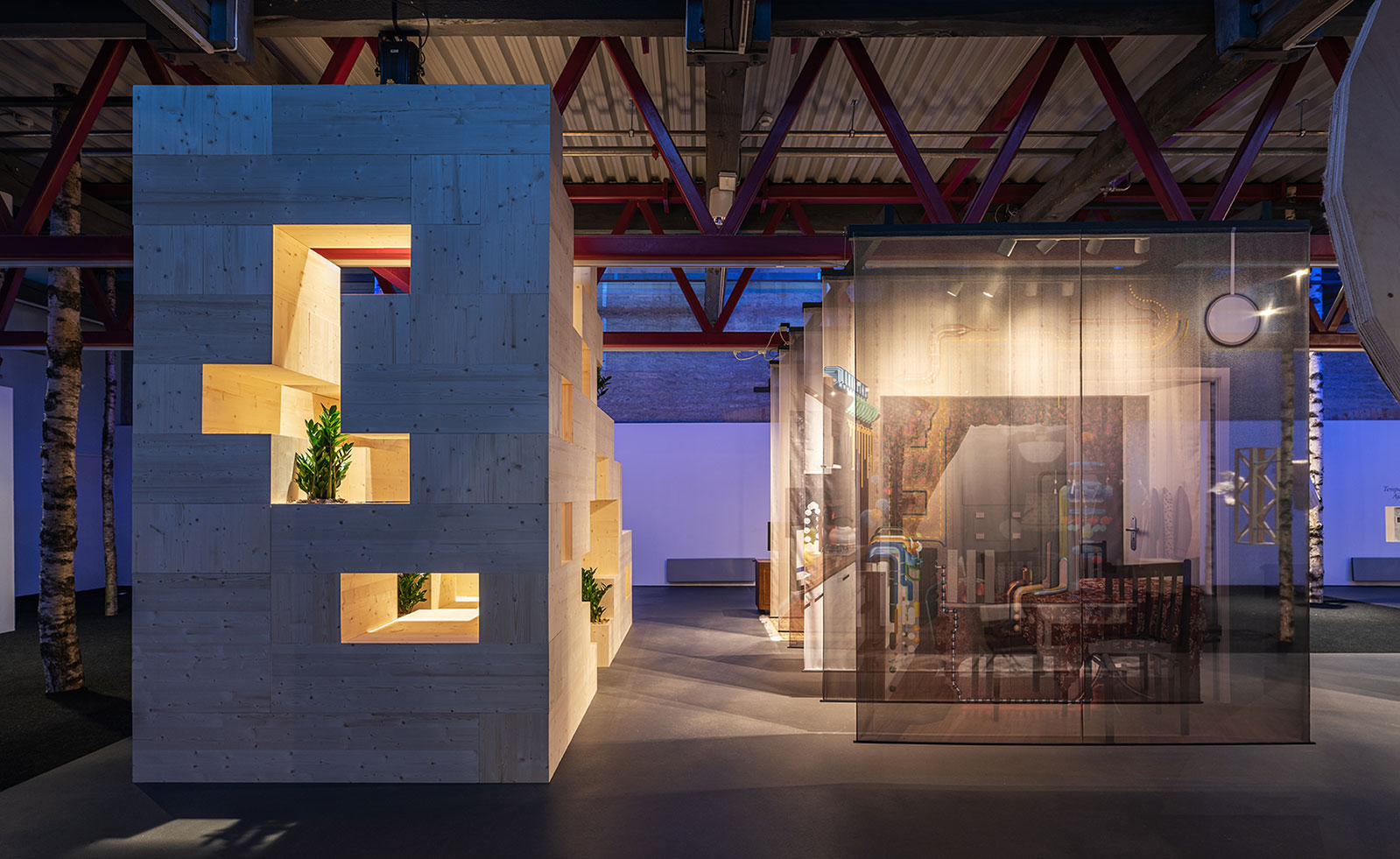
Dr Yael Reisner describes beauty as a ‘taboo’ word in architecture and design, even though people use it frequently in daily life. She traces its unfashionable nature back to the 20th century where – amidst modernism, manufacturing and standardisation – function overtook form.
‘Beauty is a word that many associate with shallowness, old world and non-progressive values. This has created a cultural bias against beauty that has lasted nearly 80 years,’ she says.
At the Estonian Architecture Museum, the main location of the biennial, Reisner decided to take the opportunity to rebrand beauty, and discuss how it could be used productively and critically to strengthen architecture. She selected eight ‘socially engaged’ architects to help her, looking at the topic through the lens of habitation.
Addressing why ‘Beauty Matters’ (the title of the biennial), pavilion-like contributions from each architecture studio also unpack themes of domesticity, nature and evolution along the way. Master of experimental space and unique responses to housing, Sou Fuijimoto constructs the ‘Open Cave’ an abstract collection of timber cubes inspired by ‘primitive house units’ that pile up organically forging flexible interiors to fit any urban context.
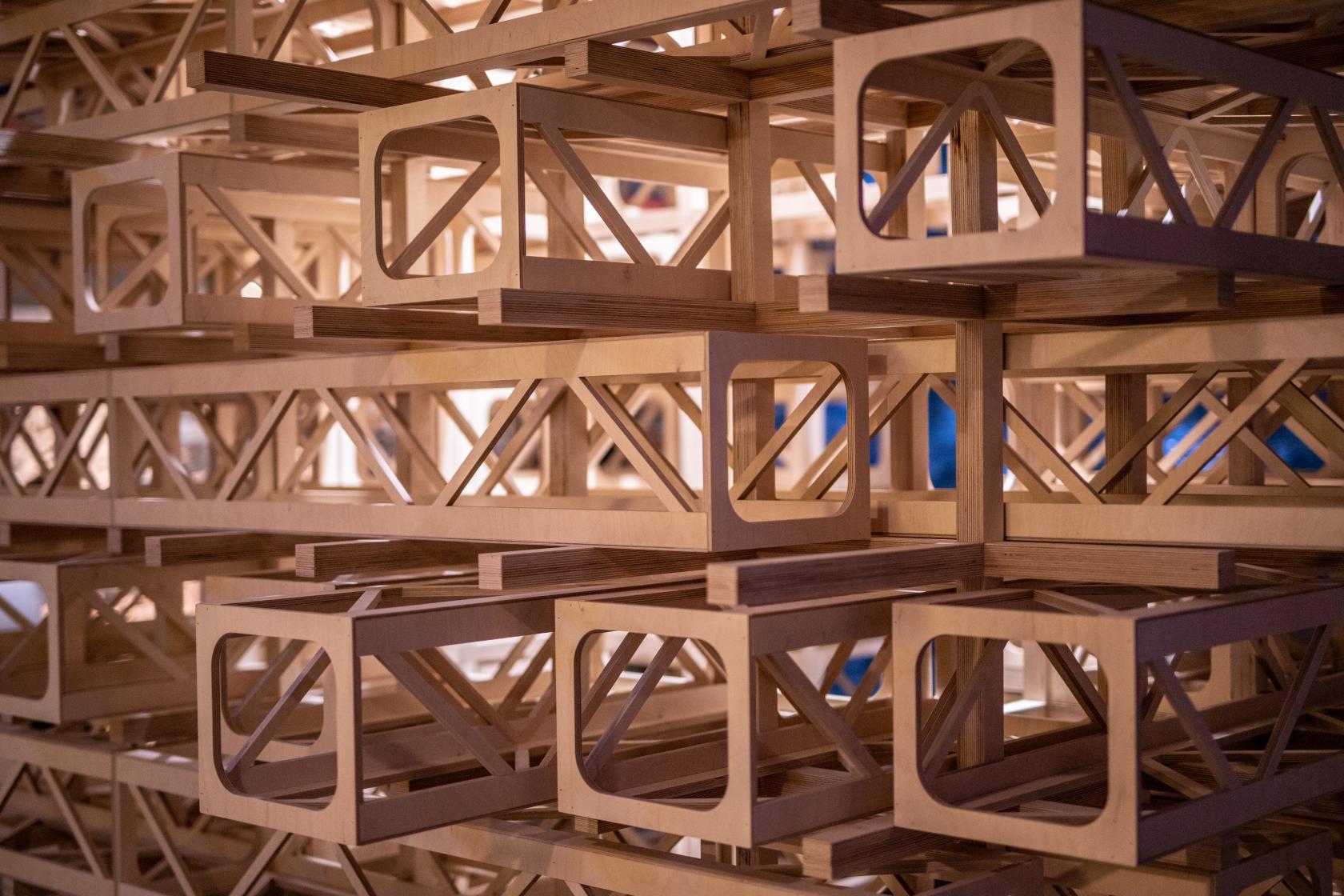
March Studio’s Vertical Village installed at the curatorial exhibition of the Tallinn Architecture Biennale.
Also working with timber, Melbourne-based March Studio built a vertical village of sliding cuboids that each represents a type of living space, from an apartment to a vegetable garden and swimming pool. Barnaby Gunning in collaboration with Reisner creates a softer space out of laser cut felt that incorporates a growing wall, exploring how a manmade habitat could itself grow. Modular and evolutionary, these works are all evocative of how architecture could mimic the patterns of nature flourishing.
The exhibition concept is based on a ‘street of tomorrow’ – but instead of concrete towers or brick walls, efficient urban plans or smooth roads, this street is defined by 40 birch trees that have been transported into the gallery, and a vast backdrop of a forest, photographed by Andre Masik. Listen up and you’ll hear a soundscape by musicians Nathan and Jacob Tulve that imagines a future where technology – electric cars, scooters and delivery robots – is silent, and natural sounds are magnified. ‘It is a vision so different from the Metropolis of the 80s,’ says Reisner.
Is beauty evolutionary? Can it be defined neurologically?
As well as nature, is beauty evolutionary? Or can it be defined mathematically or neurologically? Taylor Enoch, PhD candidate at University College London researching aesthetics, neuroaesthetics and philosophy of art, drove a convincing discussion on just that for the opening symposium of the biennial. He carefully distilled how the feeling of beauty is received by the brain, concluding: ‘Beauty is finding order in an otherwise disorderly world.’
Biennial participants, Kadri Kerge, Elena Manferdini and Kadarik Tüür, each took an element of urban disorder and solved it through their contributions. Kerge designed a smoothly curving apartment with a light-filled central atrium for new types of families born from divorced parents – a growing statistic in Estonia. Meanwhile LA-based Manferdini beautified a tram stop with augmented reality flowerbed wallpaper.
RELATED STORY
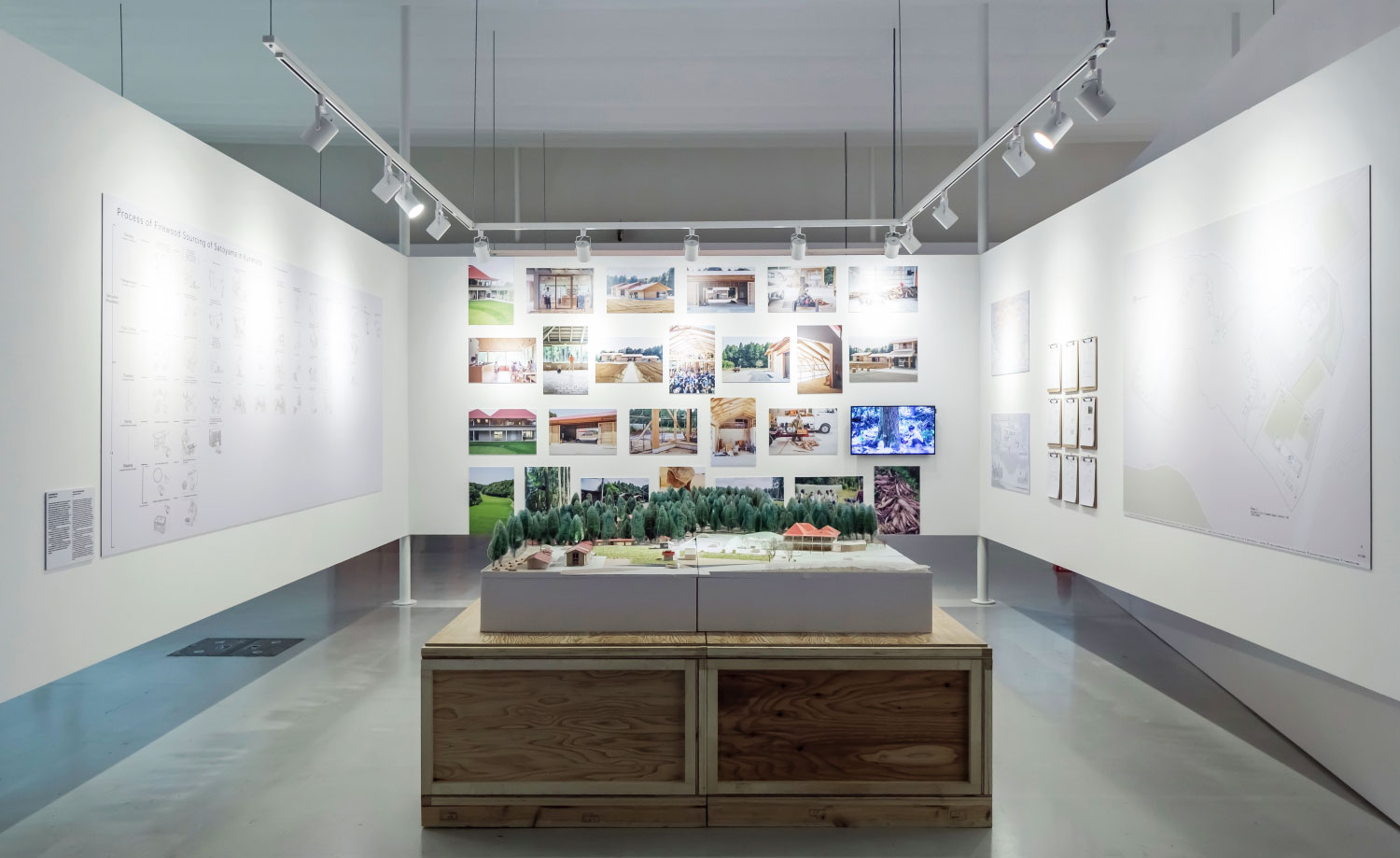
Estonian architects Ott Kadarik and Mihkel Tüür bring to life a dystopian, but very real, prefab high-rise housing district outside Tallinn with the idea of a ‘Utopian tick’ – a wooden vending kiosk covered in spray foam insulation and painted blue. The object socially animates the neighbourhood, and is played out in a brilliantly intriguing and layered narrative set in a future where people farm insects, there is an anxiety epidemic, robots overtake humans and technical glitches destroy agricultural economies.
While the prefab housing districts were a product of 20th century technology and design, what of the 21st century? As architects and engineers continue to experiment with new materials and robotics, we are yet to truly discover what effect 21st century construction technology will have on the aesthetics of architecture on an urban scale.
How is digital design affecting beauty?
Another one of Reisner’s questions to be answered. Enter Space Popular (Fredrik Hellberg and Lara Lesmes) architect and VR hybrids exploring the limits between the physical and virtual through architecture and design. For their ‘pavilion’ they researched the history of media and communication in the home, pondering what might happen to domestic architecture and interiors as a result.
Space Popular’s ‘Venn Room’ explores these overlapping meeting points – a typical Tallinn apartment meets a virtual millennial pad – while proposing a near-future timeline of technological advancement. ‘When we step into virtual world, we don’t leave behind our physical bodies,’ they say.
As humans, we have our own perceptions of beauty – one person’s beloved clutter is not to the taste of a minimalist who finds beauty in simplicity. Philosopher Graham Harman, author of Object-oriented Ontology: a new theory of everything, balanced the ‘objective’ neuro-scientific analysis of beauty with ideas of phenomenology. ‘The opposite of beauty is literalism,’ he said. ‘Ambiguity is a powerful tool in our cognitive tool box.

Kadarik Tüür’s ‘Utopian Tick’.
Personal definitions of beauty
Instead of exploring what beauty is, Vienna-based SOMA (Stefan Rutzinger and Kristina Schinegger) explore what it means to them – ‘when things fall into place’, and the cycle of renewal and decay. Inspired by the steadily decomposing brutal form of the Linnahall – a Soviet theatre in Tallinn designed as a gateway between the city and the sea – they inserted a free-form digitally-designed habitat into a formal geometric structure. The design seeks to unite the processes of renewal in decay in one form.
The digital and the physical meet in Paula Strunden’s ‘Mixed reality’ work that combines VR with material fragments from each pavilion, combining tactility with a virtual space. Wandering around the 5 by 5 m space wearing a VR headset, you hold your hand out to touch a fragment, from which a virtual space ‘flourishes’.
In this digitally built world, beauty has new definitions. And we are slowly adapting to them – you may have caught yourself admiring a digital colour gradient recently, perhaps developing an interest in post-internet art, appreciating the texture of a sprayed-on insulation. Perhaps the biennial doesn’t find the definition of beauty, but it definitely puts a good case forward for why beauty matters.
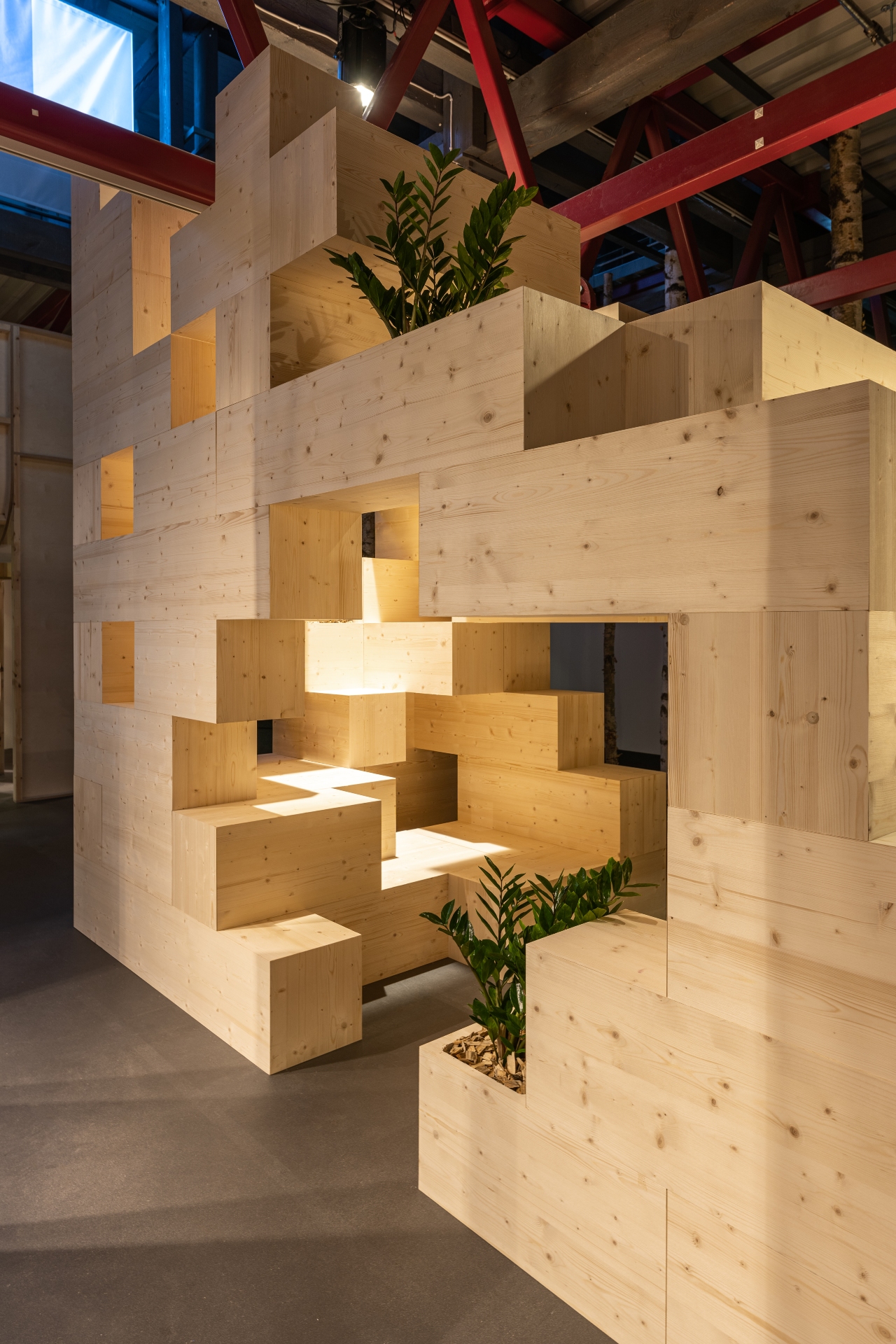
‘Open Cave’ by Sou Fujimoto.
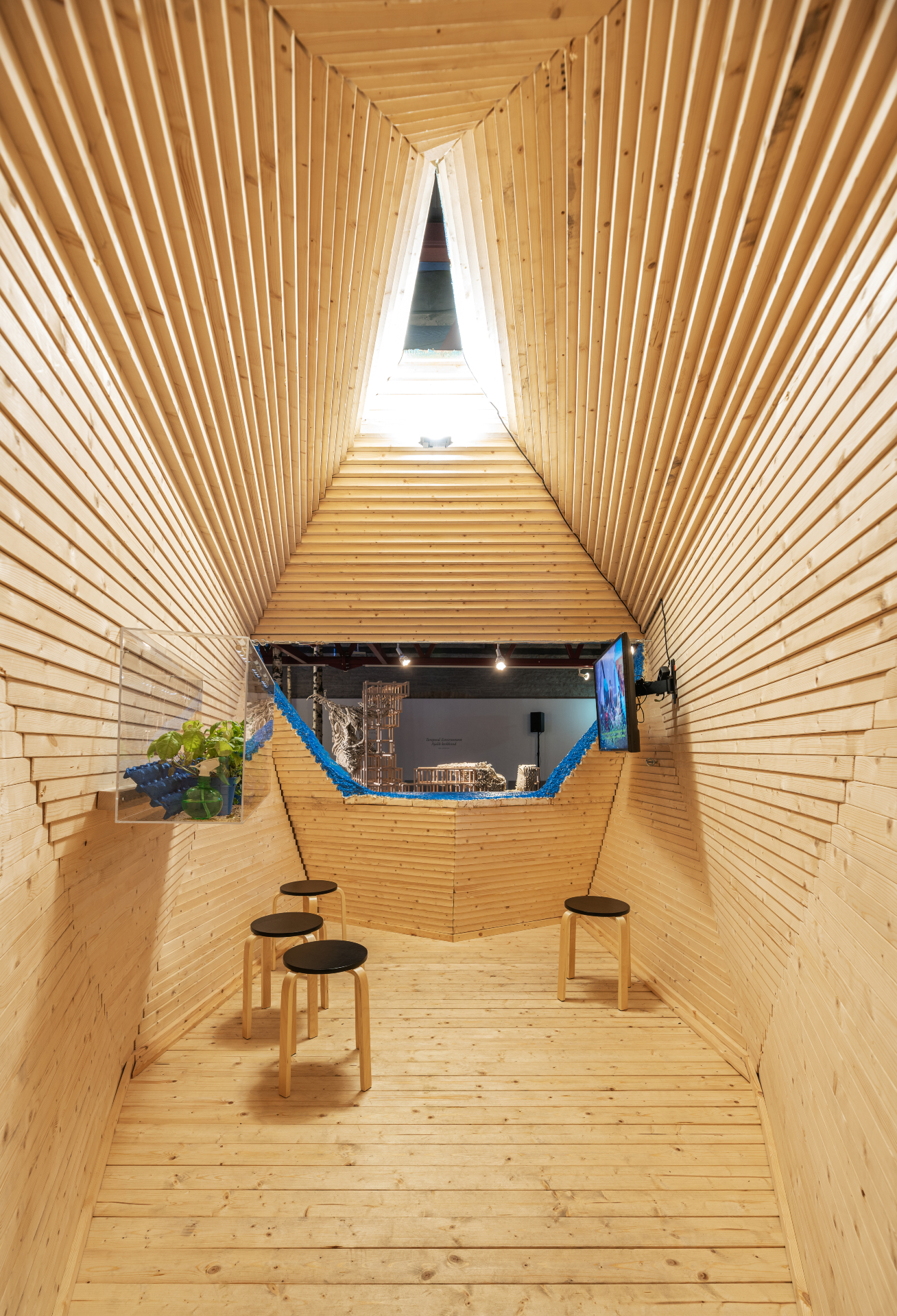
Inside Ott Kadarik and Mihkel Tüür’s ‘Utopian Tick’.
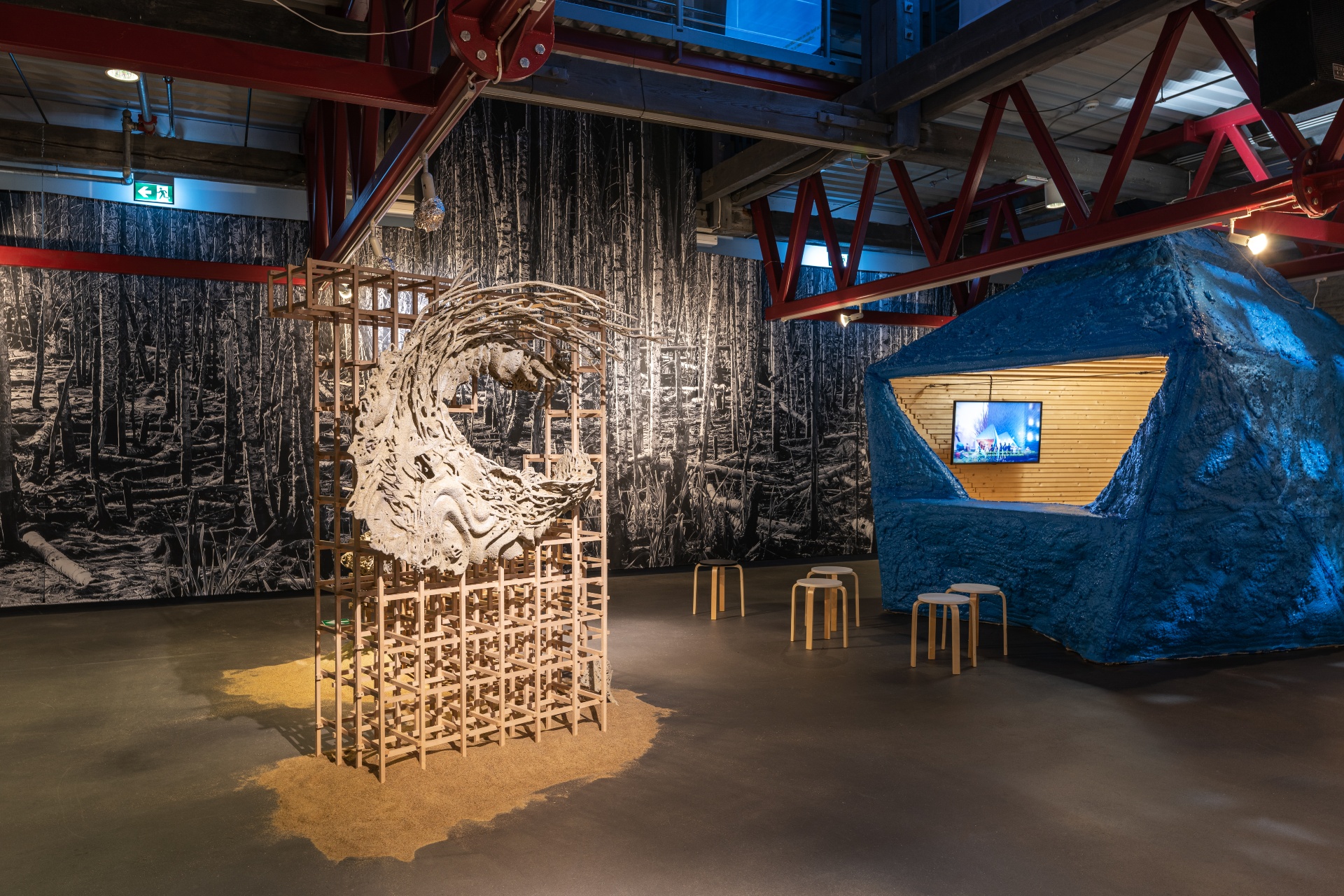
SOMA and Kadarik Tüür’s projects at the curatorial exhibition.
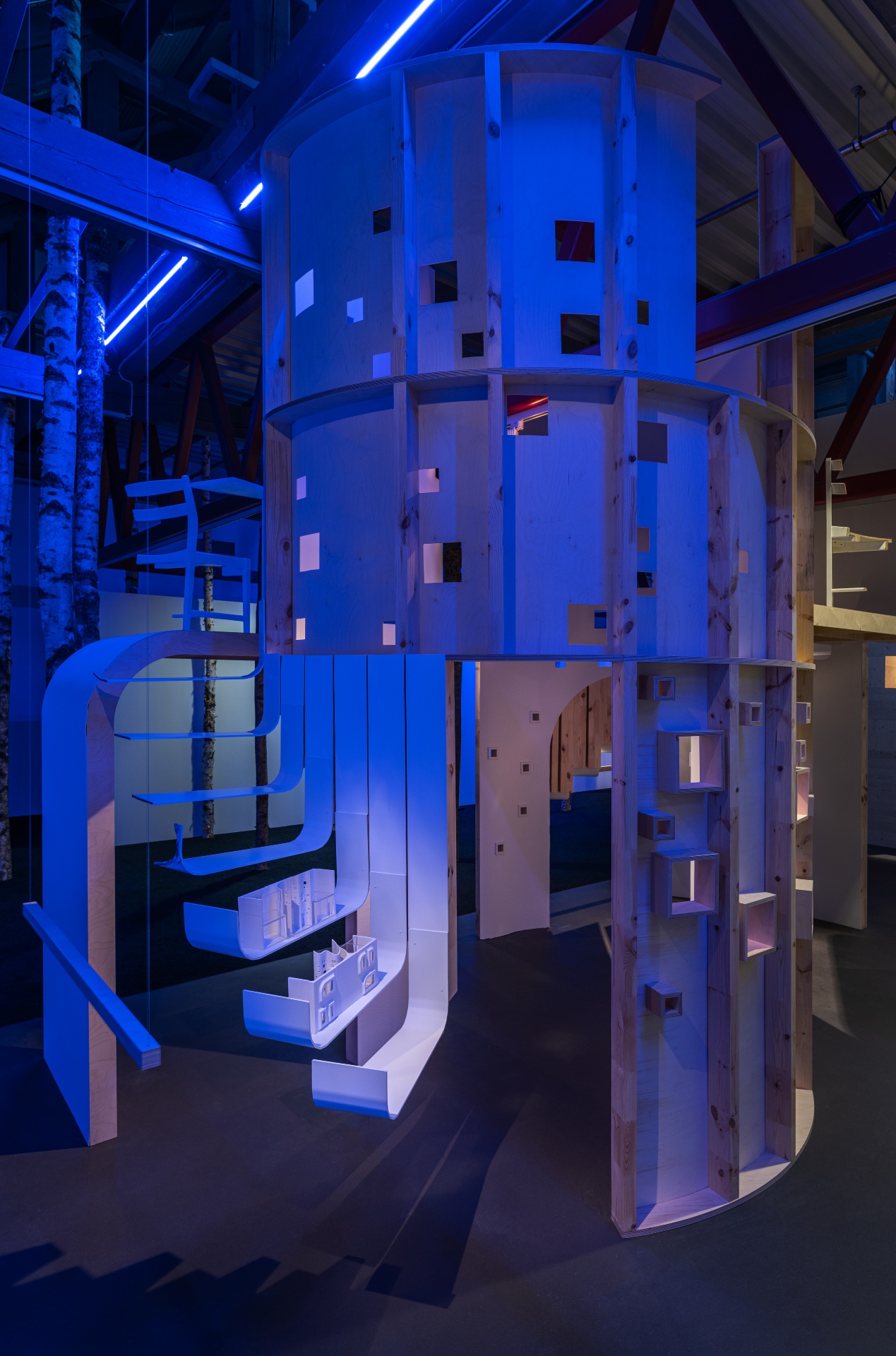
Tõnu Tunnel
INFORMATION
Receive our daily digest of inspiration, escapism and design stories from around the world direct to your inbox.
Harriet Thorpe is a writer, journalist and editor covering architecture, design and culture, with particular interest in sustainability, 20th-century architecture and community. After studying History of Art at the School of Oriental and African Studies (SOAS) and Journalism at City University in London, she developed her interest in architecture working at Wallpaper* magazine and today contributes to Wallpaper*, The World of Interiors and Icon magazine, amongst other titles. She is author of The Sustainable City (2022, Hoxton Mini Press), a book about sustainable architecture in London, and the Modern Cambridge Map (2023, Blue Crow Media), a map of 20th-century architecture in Cambridge, the city where she grew up.
-
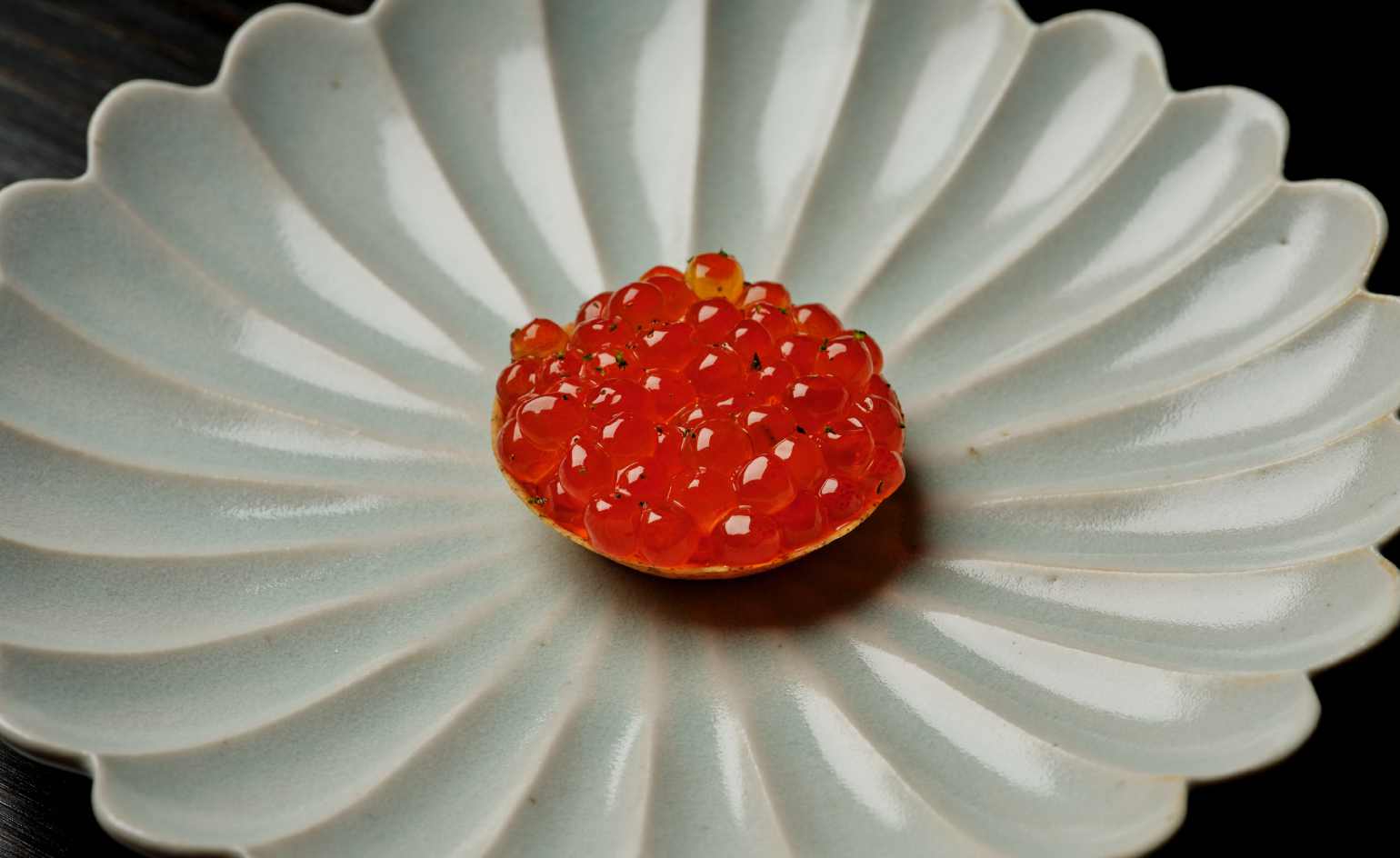 This cult Los Angeles pop-up restaurant now has a permanent address
This cult Los Angeles pop-up restaurant now has a permanent addressChef Brian Baik’s Corridor 109 makes its permanent debut in Melrose Hill. No surprise, it's now one of the hardest tables in town to book
-
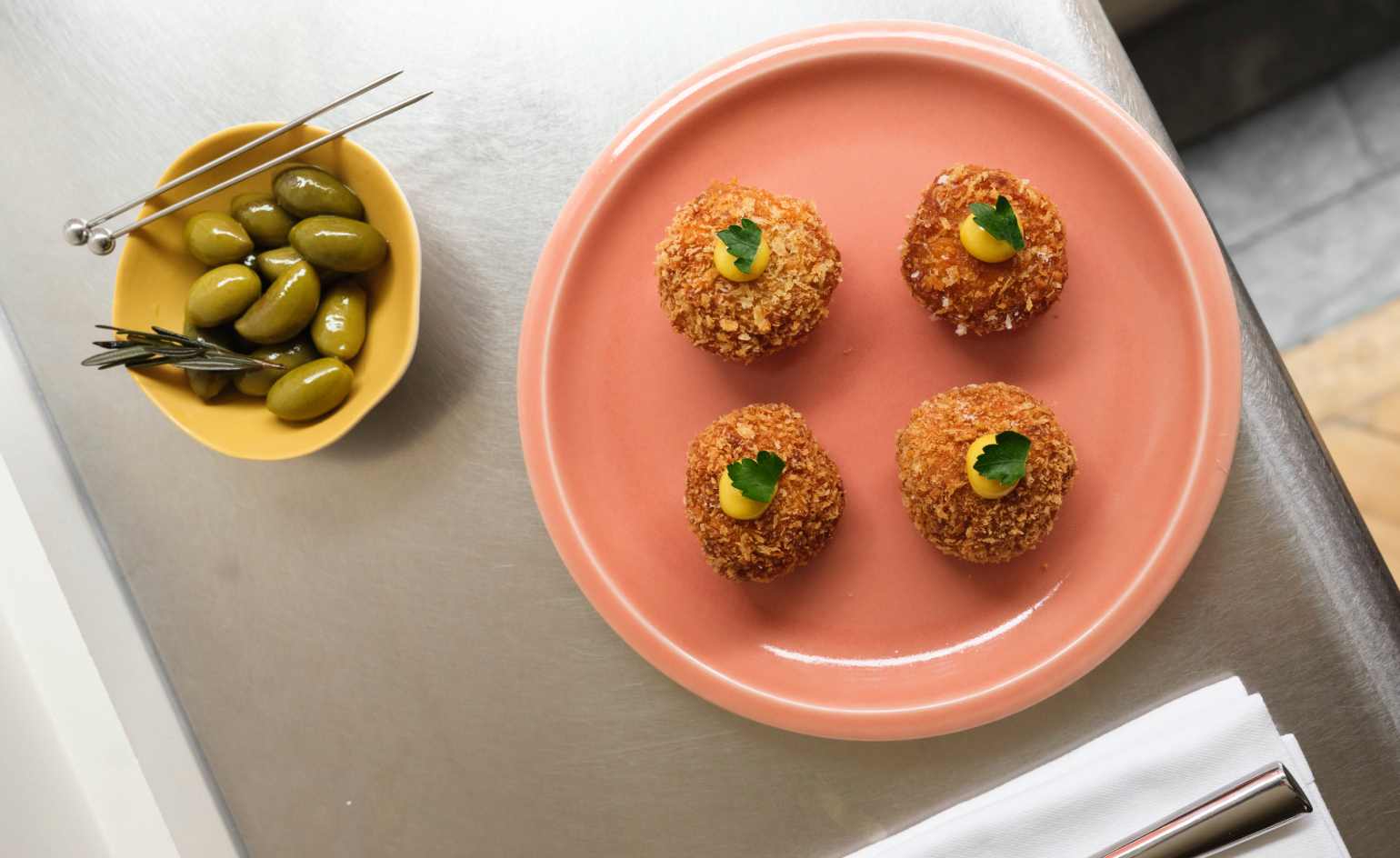 French bistro restaurant Maset channels the ease of the Mediterranean in London
French bistro restaurant Maset channels the ease of the Mediterranean in LondonThis Marylebone restaurant is shaped by the coastal flavours, materials and rhythms of southern France
-
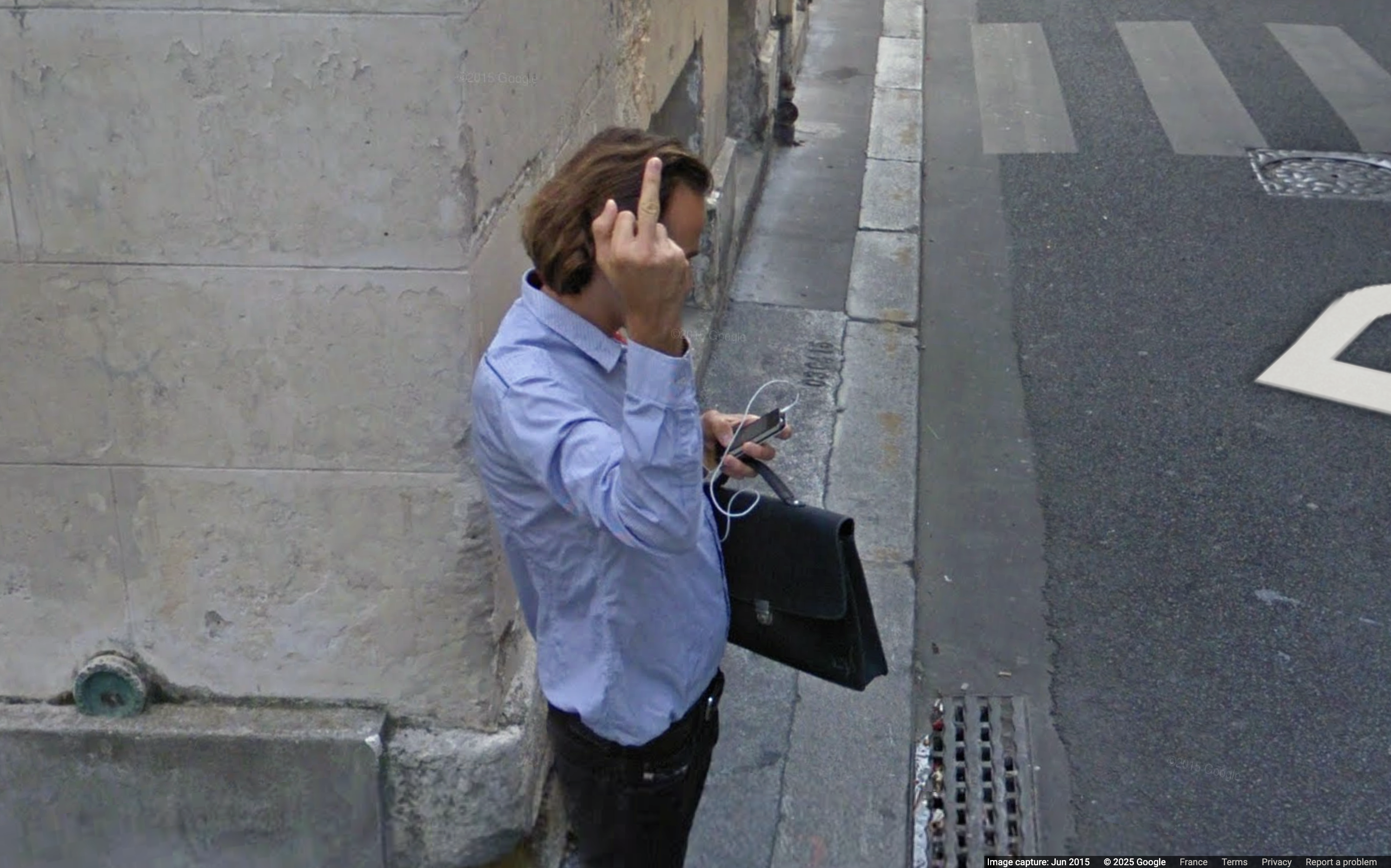 How ethical is Google Street View, asks Jon Rafman in Copenhagen
How ethical is Google Street View, asks Jon Rafman in CopenhagenIn 'Report a Concern - the Nine Eyes Archives' at Louisiana Museum of Art, Copenhagen, Jon Rafman considers technology's existential implications
-
 Architect Sou Fujimoto explains how the ‘idea of the forest’ is central to everything
Architect Sou Fujimoto explains how the ‘idea of the forest’ is central to everythingSou Fujimoto has been masterminding the upcoming Expo 2025 Osaka for the past five years, as the site’s design producer. To mark the 2025 Wallpaper* Design Awards, the Japanese architect talks to us about 2024, the year ahead, and materiality, nature, diversity and technological advances
-
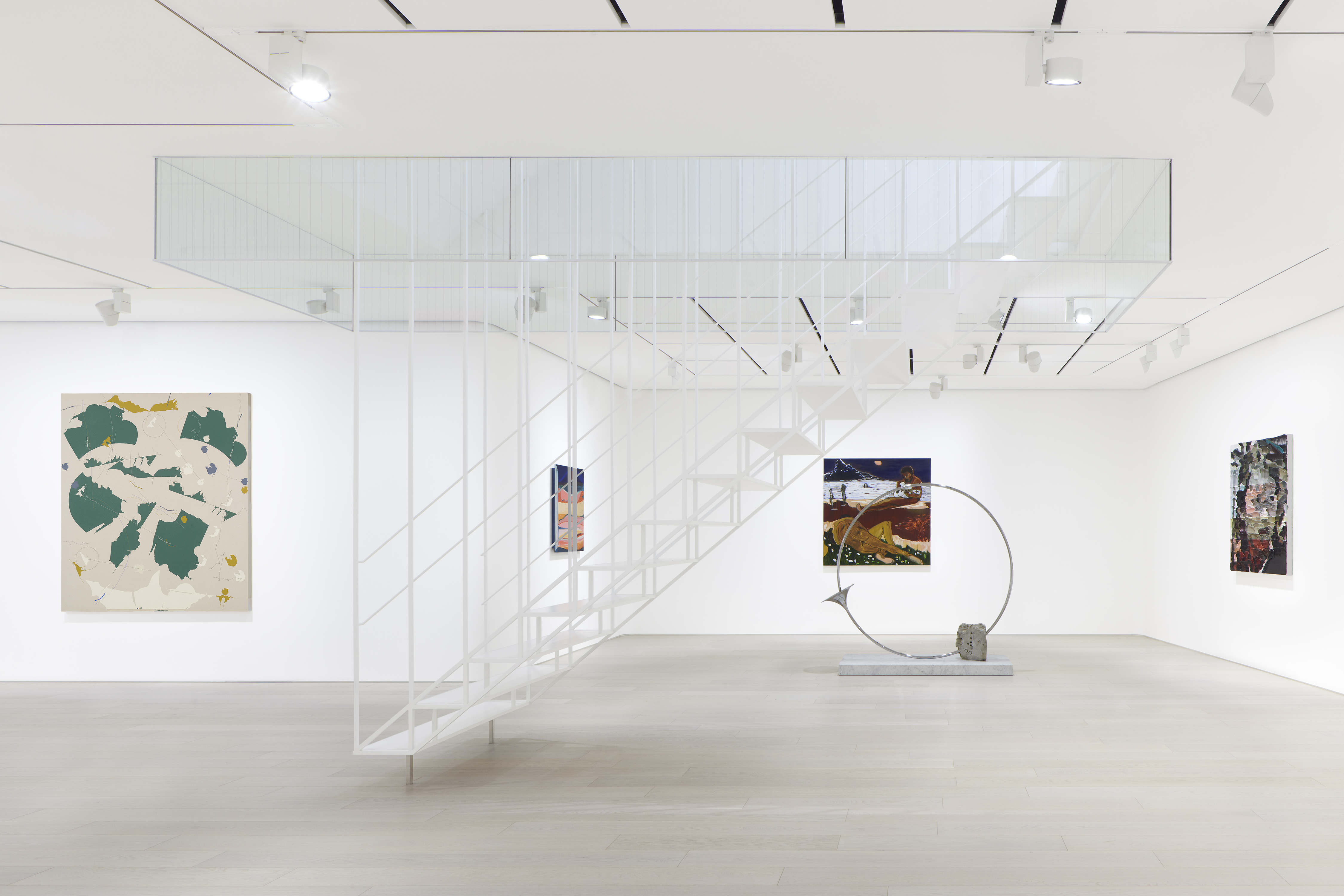 Pace Tokyo is a flowing Sou Fujimoto experience that ‘guides visitors through the space’
Pace Tokyo is a flowing Sou Fujimoto experience that ‘guides visitors through the space’Art gallery Pace Tokyo, designed by Sou Fujimoto in a Studio Heatherwick development, opens in the Japanese capital
-
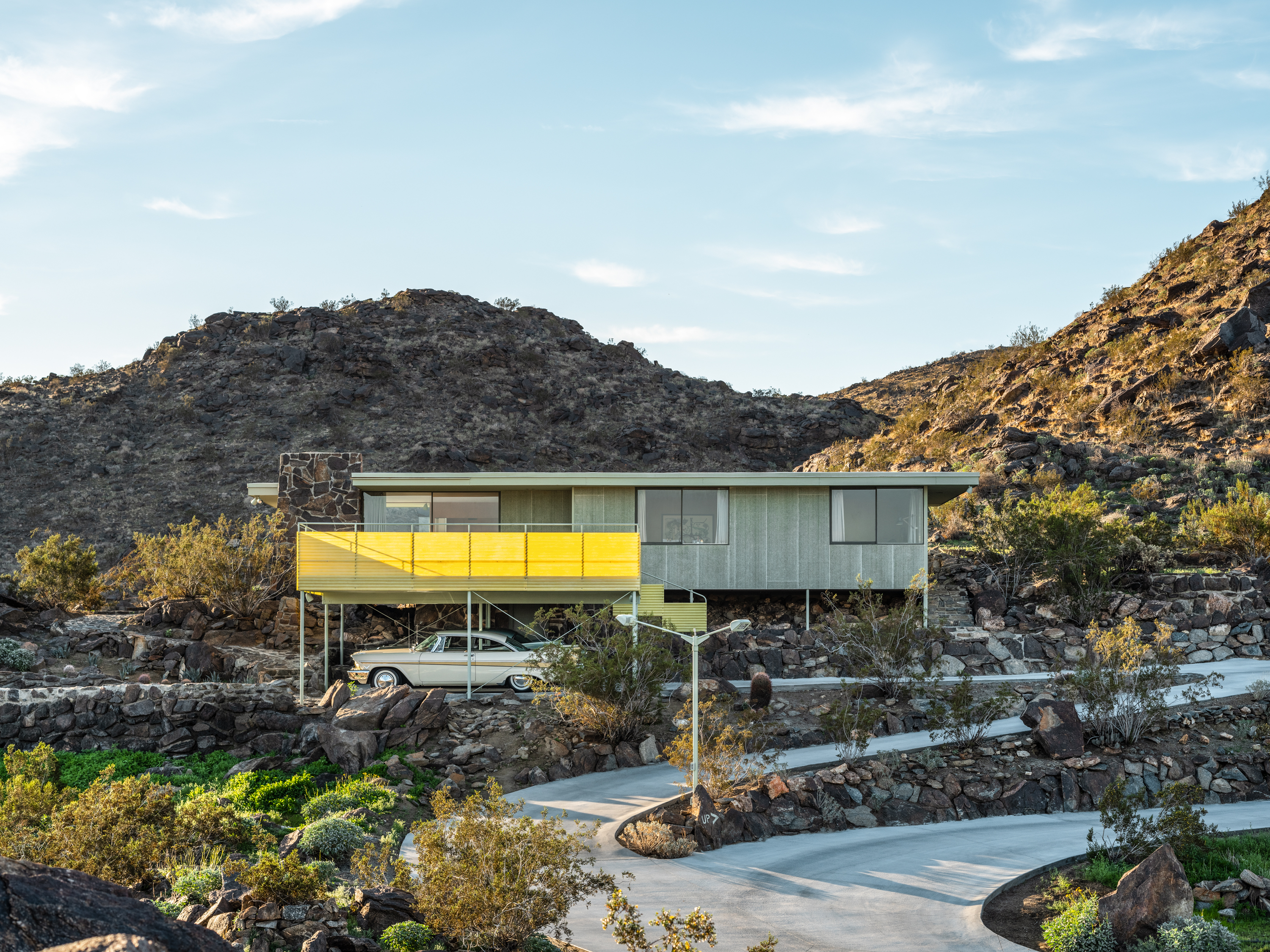 Modernist architecture: inspiration from across the globe
Modernist architecture: inspiration from across the globeModernist architecture has had a tremendous influence on today’s built environment, making these midcentury marvels some of the most closely studied 20th-century buildings; here, we explore the genre by continent
-
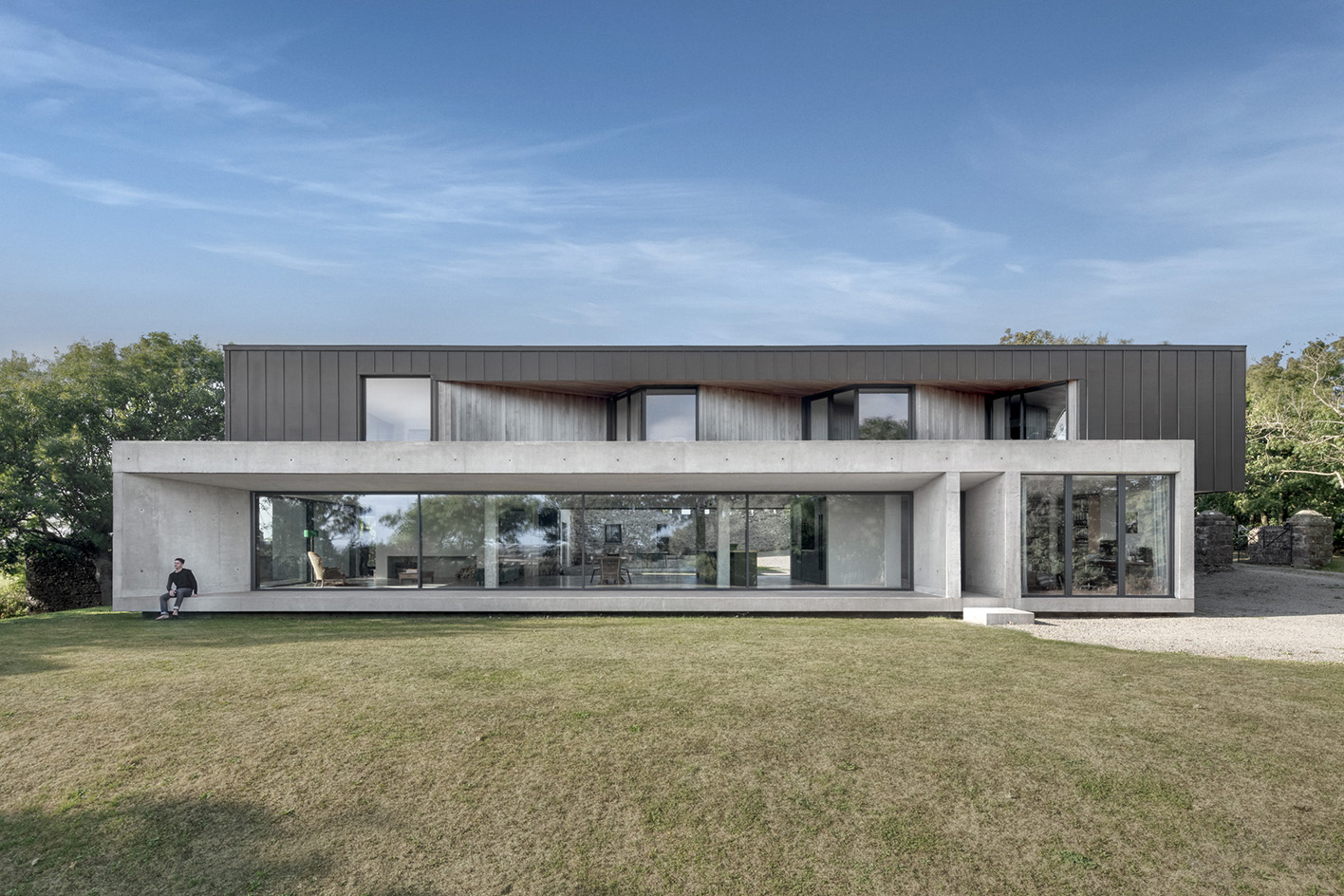 Minimalist architecture: homes that inspire calm
Minimalist architecture: homes that inspire calmThese examples of minimalist architecture place life in the foreground – clutter is demoted; joy promoted
-
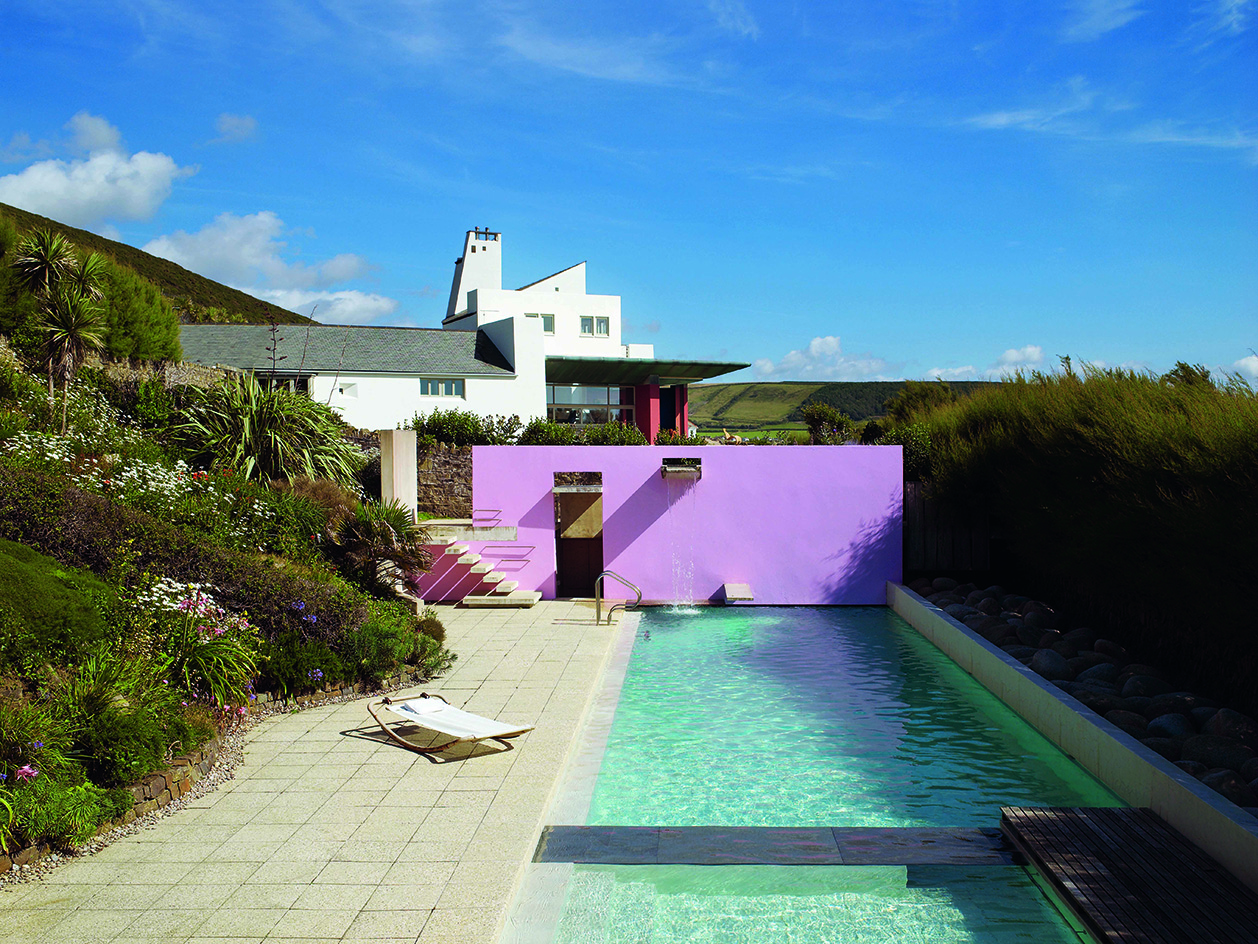 The iconic British house: key examples explored
The iconic British house: key examples exploredNew book ‘The Iconic British House’ by Dominic Bradbury explores the country’s best residential examples since 1900
-
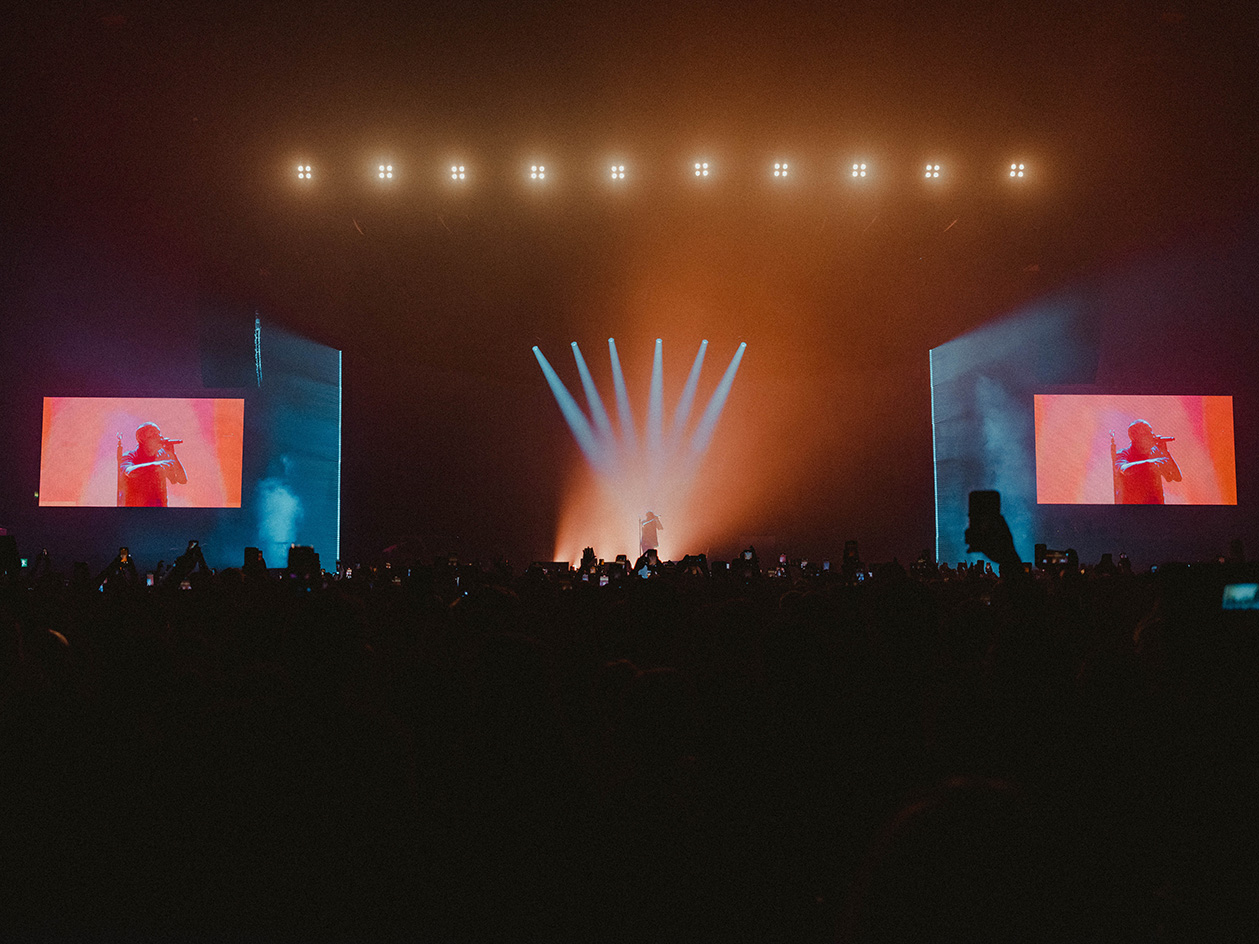 Loyle Carner’s Reading Festival 2023 stage presents spatial storytelling at its finest
Loyle Carner’s Reading Festival 2023 stage presents spatial storytelling at its finestWe talk to Loyle Carner and The Unlimited Dreams Company (UDC) about the musical artist’s stage set design for Reading Festival 2023
-
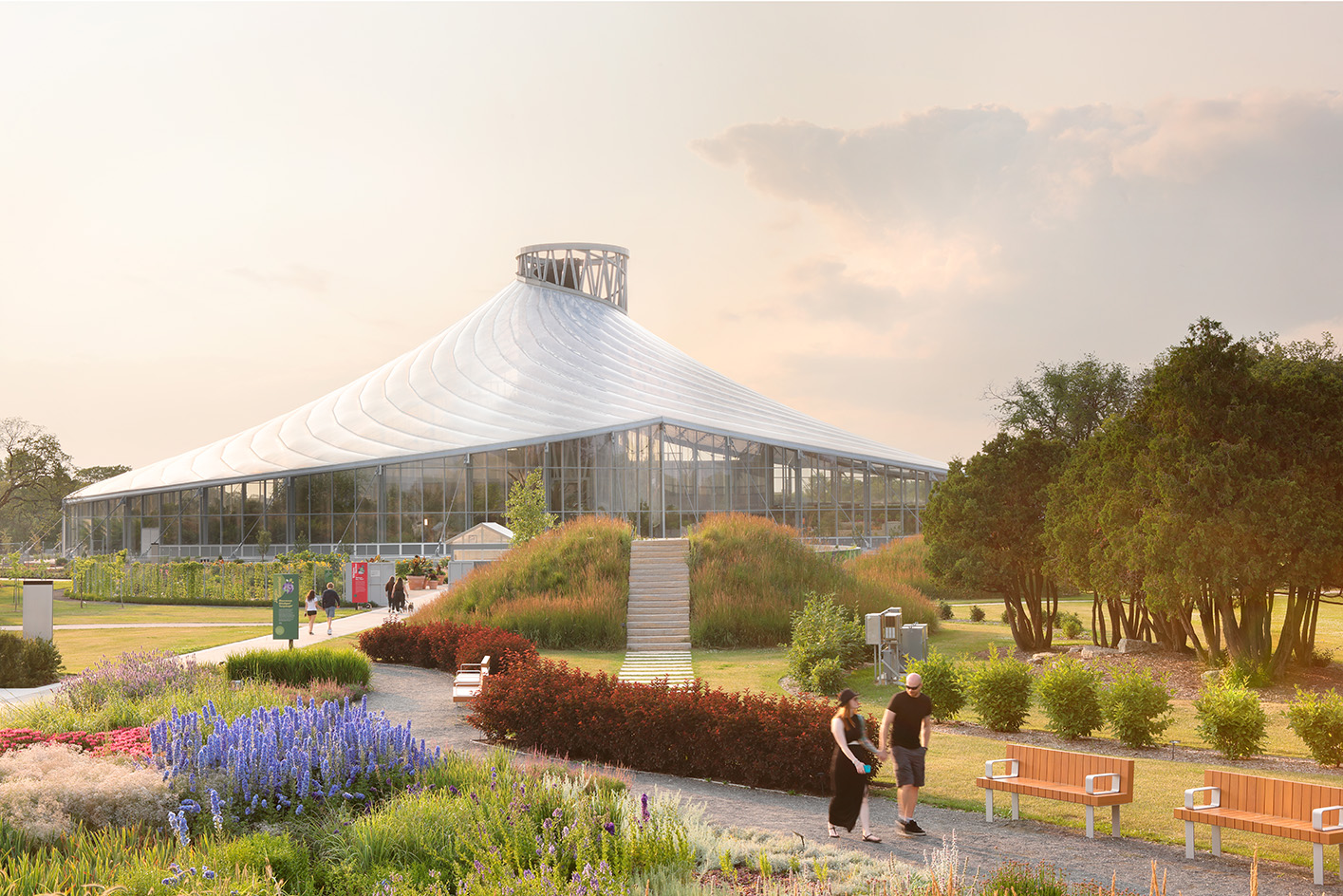 The Leaf is a feat of engineering and an ode to the Canadian Prairies
The Leaf is a feat of engineering and an ode to the Canadian PrairiesThe Leaf in Winnipeg, Canada, is the first interactive horticultural attraction of its kind: a garden and greenhouse complex promoting a better understanding of how people can connect with plants
-
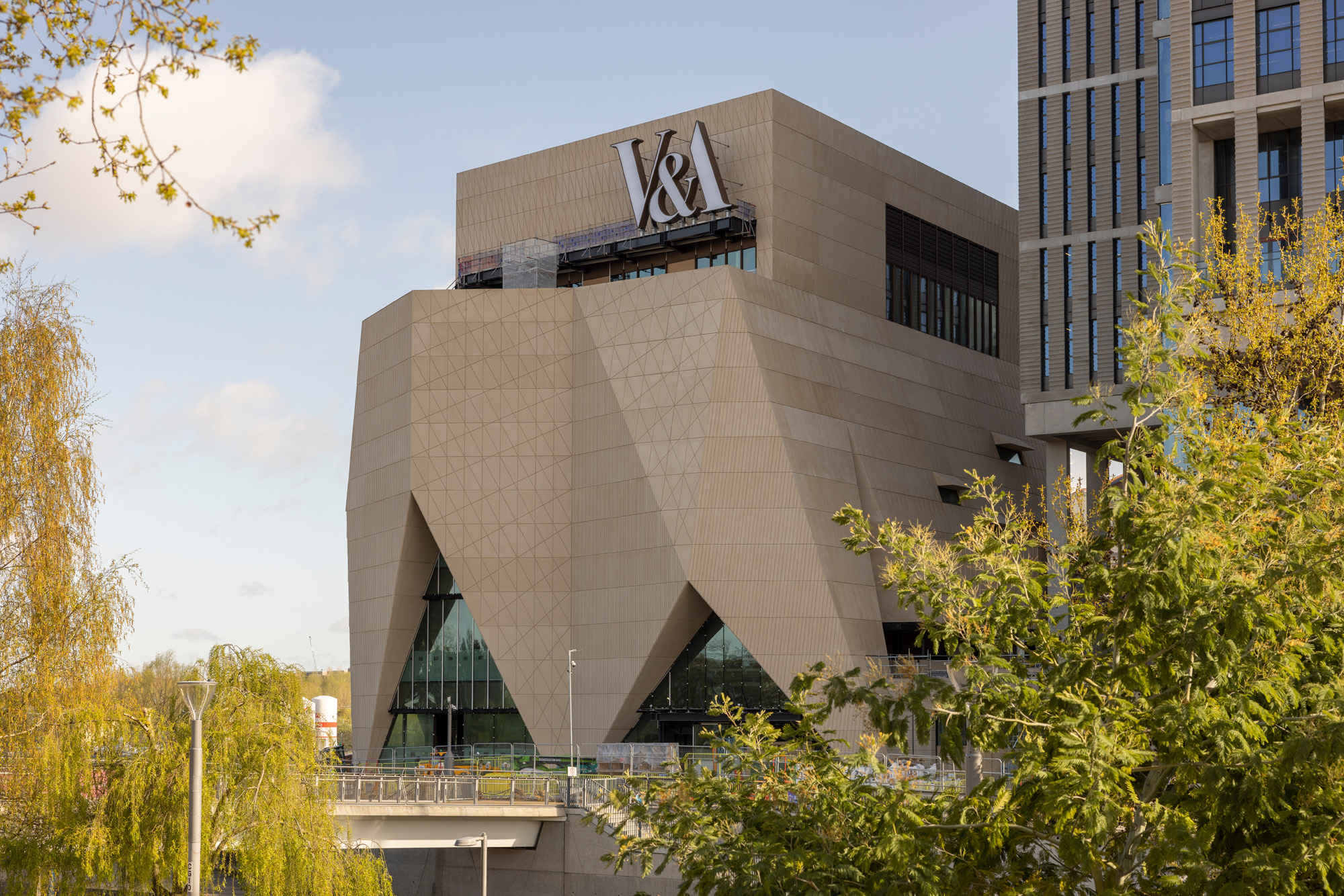 Behind the V&A East Museum’s pleated façade
Behind the V&A East Museum’s pleated façadeBehind the new V&A East Museum’s intricate façade is a space for the imagination to unfold